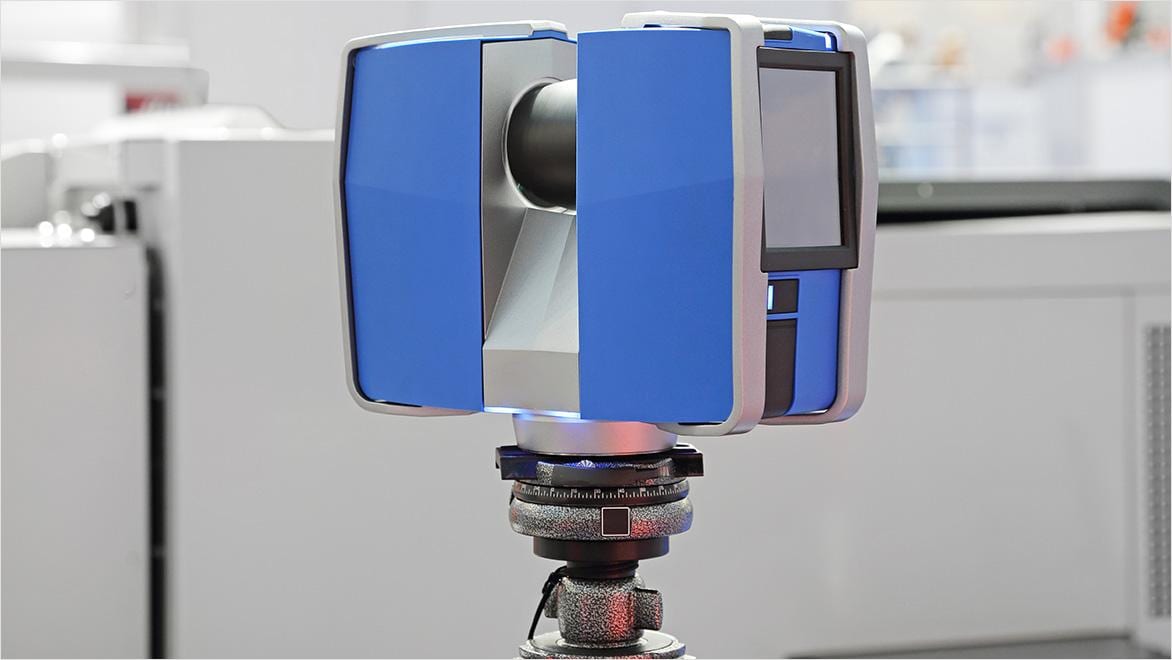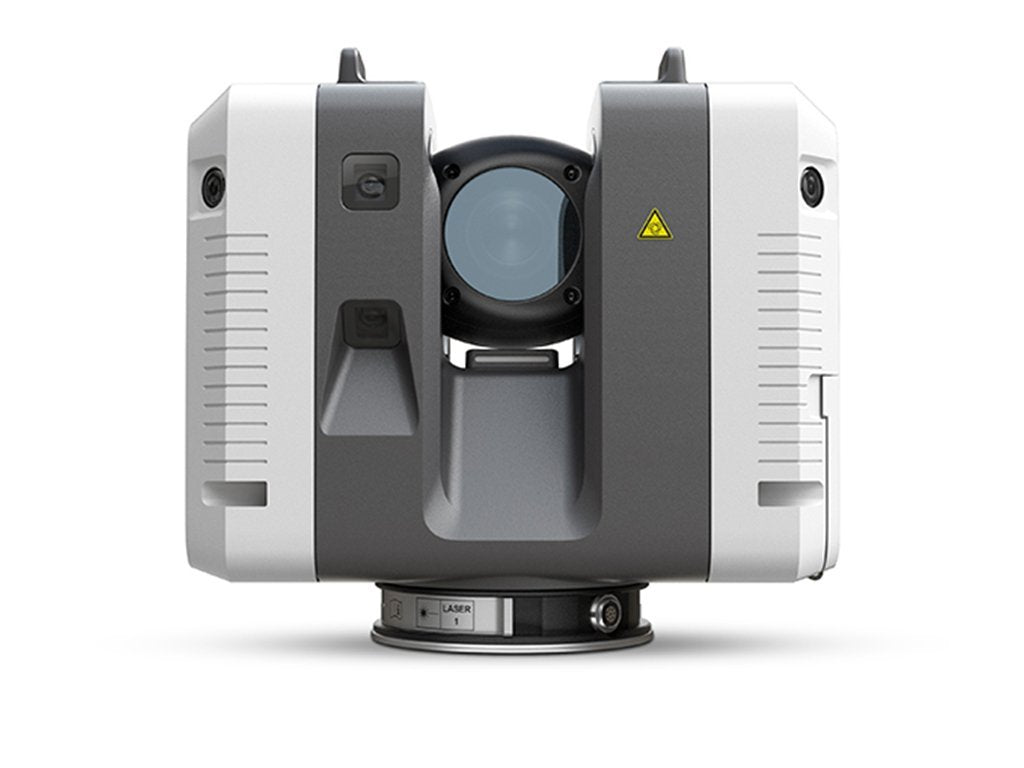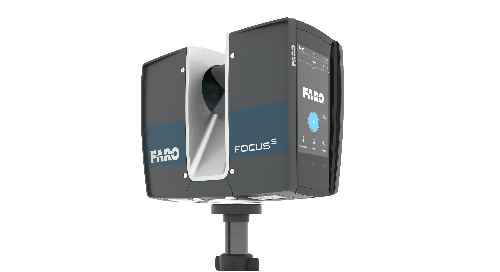How 3D Scanning Reduces Costly Mistakes
Wiki Article
How 3D Laser Scanning Revolutionizes Architectural Layout and Construction Projects
3D laser scanning is changing the landscape of architectural layout and building. This innovation offers unmatched accuracy in catching existing environments, which assists in better job preparation and implementation. It minimizes errors while improving effectiveness in various stages of growth. The implications for cooperation among engineers, designers, and other stakeholders are considerable. These developments open up the door to brand-new design possibilities and cutting-edge remedies. What exists in advance for this progressing innovation?The Fundamentals of 3D Laser Scanning Technology
3D laser scanning technology might seem facility, its core principles are simple and transformative for architectural layout. This modern technology employs laser light beams to capture accurate measurements of physical frameworks, generating a detailed point cloud that represents the scanned environment. A laser scanner emits rapid pulses of light, measuring the time it considers the light to return, which enables the calculation of ranges with amazing accuracy.The resulting point cloud can be converted into a 3D version, giving designers with invaluable visual data. This design allows professionals to analyze and adjust design elements within their tasks, enabling for cutting-edge remedies and boosted visualization. By utilizing 3D laser scanning, architects can much better recognize the present conditions of a site, guaranteeing that new designs integrate with their environments. This integration of innovation into architectural layout notes a considerable innovation, promoting imagination and precision in the field.

Enhancing Accuracy and Performance in Architectural Projects
As architectural tasks increasingly demand precision and speed, 3D laser scanning emerges as a pivotal device in boosting both accuracy and efficiency. This innovation records numerous information points in a brief timeframe, creating in-depth and specific 3D versions of existing frameworks. The capacity to acquire accurate measurements reduces the danger of errors throughout the style stage, enabling designers to picture their jobs with unrivaled quality.Furthermore, the quick information collection process reduces the moment invested on-site, making it possible for groups to concentrate on analysis and design improvements. With real-time information availability, modifications can be made promptly, promoting an extra streamlined process. The integration of 3D laser scanning into building techniques not just improves measurement accuracy however additionally improves the overall project timeline, promoting quicker decision-making. In an industry where accuracy is critical, this modern technology stands as a transformative pressure, raising the standards of building layout and construction jobs.
Enhancing Collaboration Among Stakeholders
While conventional architectural procedures frequently include fragmented interaction amongst stakeholders, 3D laser scanning promotes an extra cohesive joint environment. By giving exact, high-resolution information, this technology permits architects, service providers, clients, and engineers to operate from a unified factor of referral. The comprehensive visualizations created via laser scanning eliminate misinterpretations and obscurities, making sure that all celebrations have accessibility to the same information.This transparency enhances decision-making and motivates timely comments, as stakeholders can conveniently visualize design components and spatial connections. Additionally, the combination of 3D scanning information right into Building Details Modeling (BIM) systems further enhances cooperation, permitting for real-time updates and adjustments. Such seamless communication not only decreases conflicts but likewise speeds up project timelines, as all stakeholders remain straightened throughout the layout and building and construction stages. Ultimately, 3D laser scanning changes standard operations right into a more collaborative and efficient procedure, benefiting all parties involved.
Opening Imaginative Opportunities in Style
By enabling discover this engineers to envision intricate elaborate details and spatial relationships, 3D laser scanning discloses innovative possibilities in design. This technology permits exact mapping of existing environments, making it possible for engineers to check out cutting-edge concepts that may have formerly seemed impractical. With very precise data, developers can try out unusual types and materials, pressing the limits of conventional design.The assimilation of 3D laser scanning right into the layout process cultivates partnership amongst multidisciplinary groups, urging the exchange of ideas and index boosting creativity. The thorough visualizations produced by this modern technology not just help in determining possible style difficulties yet additionally influence remedies that might not have been considered. Consequently, engineers can produce more interesting and vibrant spaces that resonate with users while satisfying functional needs. Eventually, 3D laser scanning transforms the architectural landscape, equipping developers to understand their visions with unprecedented precision and creativity.
The Future of 3D Laser Scanning in Architecture and Construction
The integration of 3D laser scanning into building style not just improves creative thinking yet likewise sets the phase for its advancing duty in the future of style and building. As innovation advancements, the accuracy and performance of laser scanning will certainly continue to enhance, enabling engineers and contractors to create much more intricate layouts with precision - 3D Scanning. Using this innovation in real-time data collection will certainly assist in much better decision-making, decreasing errors and streamlining operationsFuture applications might include increased and digital reality integrations, permitting stakeholders to visualize jobs in immersive atmospheres. On top of that, as sustainability ends up being a top priority, 3D laser scanning will sustain the growth of energy-efficient layouts by giving thorough understandings right into existing structures. As collaboration among numerous techniques ends up being more crucial, the capability to share accurate 3D models will foster innovation and boost job results. Eventually, 3D laser scanning will redefine criteria in building layout and construction techniques.
Frequently Asked Concerns
What Is the Cost of Applying 3D Laser Scanning Modern Technology?

How much time Does a Normal 3D Laser Scanning Task Take?
A typical 3D laser scanning project can take anywhere from a couple of hours to numerous days, relying on elements such as the job's size, complexity, and the degree of information required for accurate information capture.What Sorts Of Projects Benefit Many From 3D Laser Scanning?
3D laser scanning advantages various tasks, specifically massive buildings, historical reconstructions, and intricate restorations. It improves accuracy in measurements, minimizes mistakes, and gives thorough information important for effective preparation and execution in architectural layout and building and construction.
Are There Details Software Application Programs Required for 3D Laser Scans?
Yes, details software application are vital for refining 3D laser scans. 3D Scanning. Popular alternatives include Autodesk ReCap, Faro Scene, and Leica Cyclone, each offering special attributes customized for picturing and assessing checked information effectively in various jobsExactly How Does 3D Laser Scanning Effect Environmental Sustainability in Building?
3D laser scanning boosts environmental sustainability in building by lessening product waste, allowing exact measurements, and advertising effective resource use. This technology enables for much better planning, minimizing the environmental footprint of building and construction projects via enhanced accuracy and efficiency.3D laser scanning is transforming the landscape of architectural layout and building and construction. 3D laser scanning modern technology might seem complex, its core concepts are transformative and simple for architectural style. By making it possible for designers to imagine complex spatial relationships and detailed details, 3D laser scanning exposes creative possibilities in layout. The combination of 3D laser scanning into the layout procedure cultivates partnership among multidisciplinary groups, encouraging the exchange of concepts and boosting creativity. The assimilation of 3D laser scanning into building design not only boosts imagination but additionally sets the stage for its evolving duty in the future of design and building and construction.
Report this wiki page